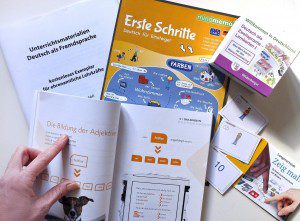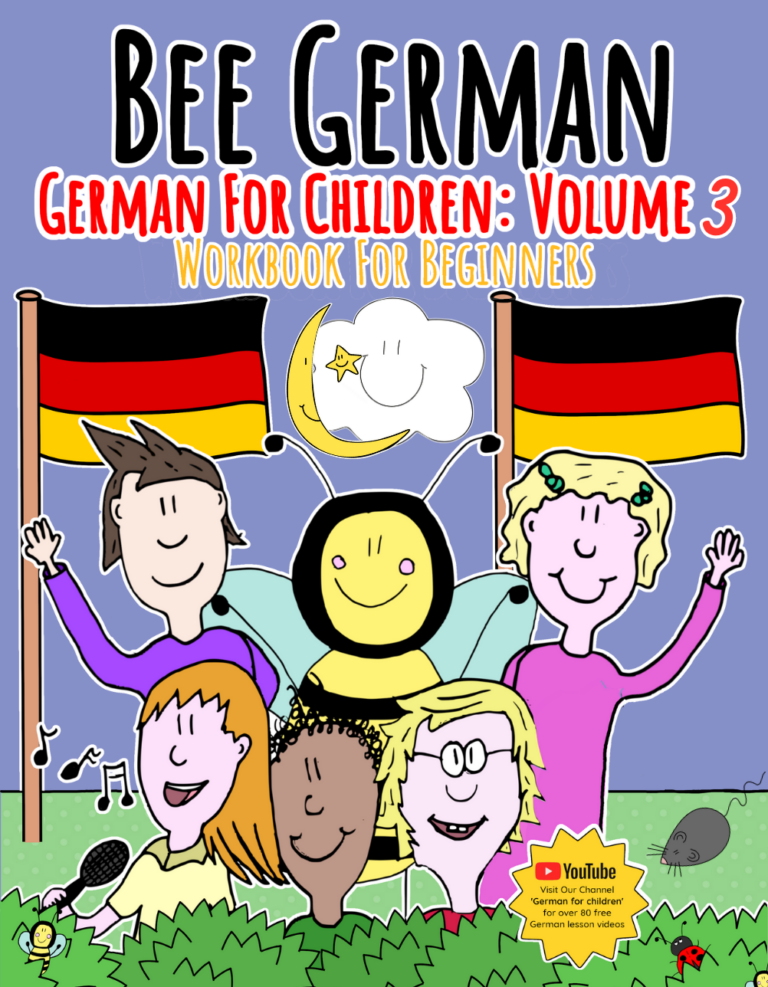A very short description.
German is spoken by about 120 million speakers around the world. German is a Germanic language. But Germanic languages are also for example Dutch, Flemish and English.
German is spoken in quite a lot of places: Switzerland, Austria, Germany in some parts of the Alsace area in France, in parts of Northern Italy and in parts of Belgium. Some people in Lichtenstein and Luxembourg can speak German (as well as French or Flemish).
It is a very throaty language. This can make some pronunciations, such as ‘Ich’ (I) or ‘kriegen’ (to get) a little tricky.
Here are some more facts for you:
- You could divide the German language development into three parts: What is known now as ‘Old German’ was spoken until around 1100. It was followed by ‘Middle German’ (until around 1500). After that ‘Modern German’ emerged. German developed from Old Saxon. Martin Luther, who translated the Bible, made the German language ‘progress’. However, the Catholic Church did not approve of his efforts and his translation (for which Martin Luther used a form of ‘Middle German’). The Catholic Church created another version of German which derived from other German dialects.
- A form of German was firstly recorded when the speakers had contact to the Romans. This happened in the 1st century BC.
 Standard German was only introduced in the 1800s. Then the Brothers Grimm created a lengthy German dictionary.
Standard German was only introduced in the 1800s. Then the Brothers Grimm created a lengthy German dictionary.
- Later the Duden (which still exists) became the ultimate guide to the German language.
- There are a lot of different German dialects. The written language is always the same. The spoken language can be quiet different.
- In the north of Germany most people speak which is referred to as ‘high German’ (Hochdeutsch). To me it is German without an accent.
 In some parts of the country such as Bavaria or Baden-Wuerrtemberg, people speak with a specific accent. For example in Baden-Wuerttemberg people speak ‘Schwaebisch’ (Swabian). A roll, which is ‘Broetchen’ in German, is called ‘Weckle’. Lunch, which is ‘Mittagessen’ in German, is called ‘Vesper’. But do not worry: pretty much every German can speak and understand the standard form of German. In the end a dialect is not a foreign language but simply a specific form of the original language determined by a region or a group of people.
In some parts of the country such as Bavaria or Baden-Wuerrtemberg, people speak with a specific accent. For example in Baden-Wuerttemberg people speak ‘Schwaebisch’ (Swabian). A roll, which is ‘Broetchen’ in German, is called ‘Weckle’. Lunch, which is ‘Mittagessen’ in German, is called ‘Vesper’. But do not worry: pretty much every German can speak and understand the standard form of German. In the end a dialect is not a foreign language but simply a specific form of the original language determined by a region or a group of people.
- When you can speak German it is quite easy to learn Dutch as well as Dutch is a mixture of German and English.

 Standard German was only introduced in the 1800s. Then the Brothers Grimm created a lengthy German dictionary.
Standard German was only introduced in the 1800s. Then the Brothers Grimm created a lengthy German dictionary. In some parts of the country such as Bavaria or Baden-Wuerrtemberg, people speak with a specific accent. For example in Baden-Wuerttemberg people speak ‘Schwaebisch’ (Swabian). A roll, which is ‘Broetchen’ in German, is called ‘Weckle’. Lunch, which is ‘Mittagessen’ in German, is called ‘Vesper’. But do not worry: pretty much every German can speak and understand the standard form of German. In the end a dialect is not a foreign language but simply a specific form of the original language determined by a region or a group of people.
In some parts of the country such as Bavaria or Baden-Wuerrtemberg, people speak with a specific accent. For example in Baden-Wuerttemberg people speak ‘Schwaebisch’ (Swabian). A roll, which is ‘Broetchen’ in German, is called ‘Weckle’. Lunch, which is ‘Mittagessen’ in German, is called ‘Vesper’. But do not worry: pretty much every German can speak and understand the standard form of German. In the end a dialect is not a foreign language but simply a specific form of the original language determined by a region or a group of people. 

